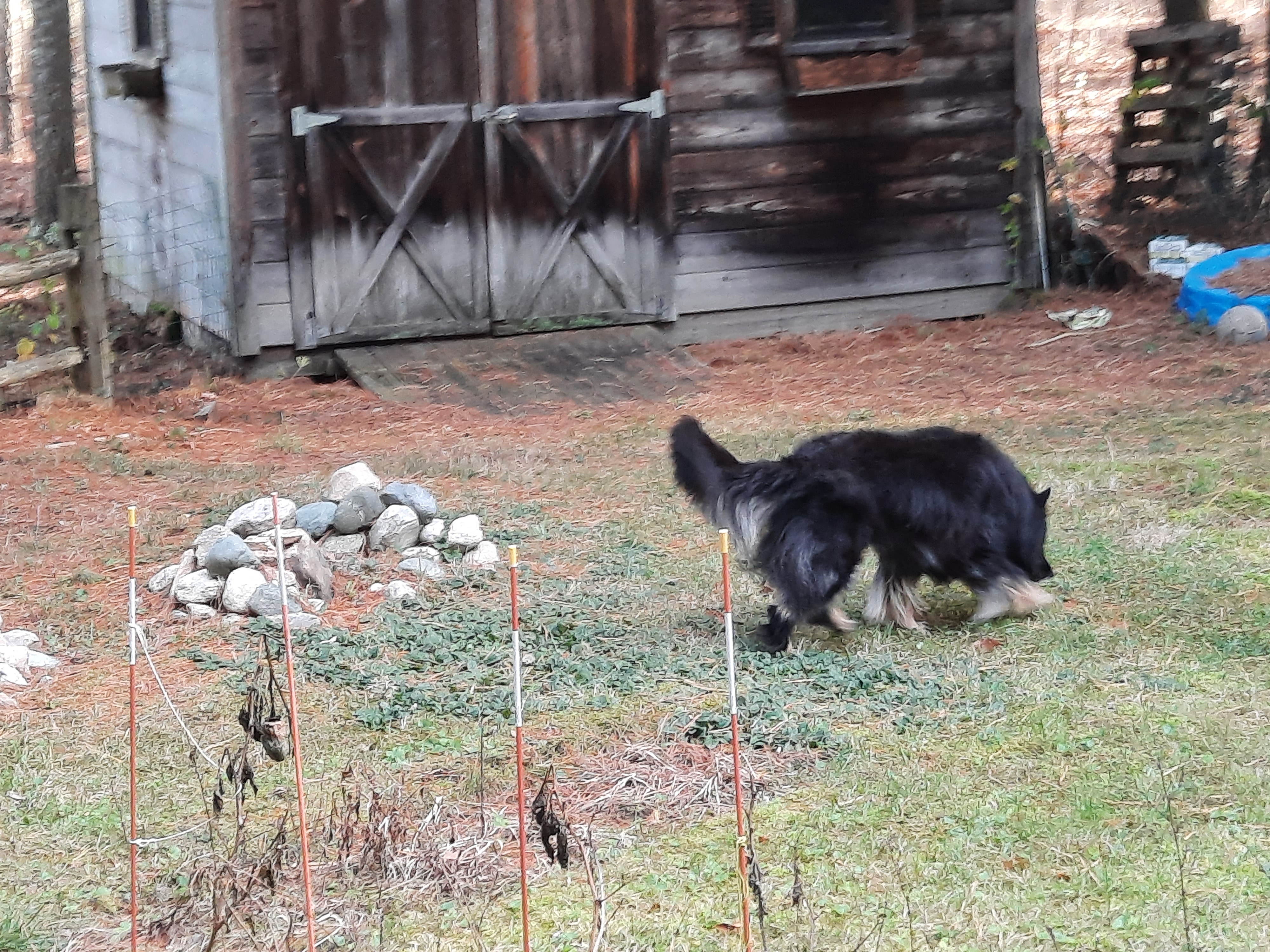Welcome to the Wakefield Doctrine (the theory of clarks, scotts and rogers)
(uh oh)
No! Wait! Come back! We promise this is not one of those osmium screed*, raising tantalizing questions only to leave the ‘to be cont’d’ crew to explain to everyone how the full answer will be forthcoming.
The full story on the Wakefield Doctrine… at least in terms of its value and it’s utility*** not to mention it’s entertainment value, in bullet point:
- there are only three personality types to learn
- the names of the personality types are free of impressive letters and numbers and surely-this-is-scientific nomenclature (we’re looking at you, Oscar-Meyer, Briggs & Stratton)
- the stated characteristics of the three personality types are not pre-determined qualities, traits, tropisms and ‘you-bet-I-wanna-do-that(s)’ against which the scores from surveys, questionnaires, assessments and profiles are held in order to classify the individual; rather the perspective, (forming the basis for the three personality types), are described and made available… the Doctrine believes in user participation
- speaking of perspectives, the Wakefield Doctrine is not a diagnostic or assessment, it is a perspective on the world around (a body) and the people who make it up
- expert application of the principles of the Wakefield Doctrine will make available insights into the actions and behaviors, thoughts and inclinations of those both close to us and, even, total strangers
- the Wakefield Doctrine is not ‘an Answer’… it is a tool for helping fill in the blanks that our own personality types invariably produce as we look around us
- the goal of the, (application of), Wakefield Doctrine is two-fold: a) ‘to better see the world as the other person is experiencing it’ and 2) to increase our understanding of how it is we relate ourselves to the world around us
- …and, with sufficient effort, imagination and reading, to be in a position to say, “Man, what a Roger! I won’t blame myself” or “Jeez! Someone’s a bit scottian, I think I’ll just lower the old profile” and “She/he is not too clarklike, I suppose they really want to believe that while nobody is watching, they won’t be ignored”
- its fun…try it
* ’cause Wikipedia says osmium is the heaviest metal why else would I spend ten minutes, (including the time spent trying to find a photo of Ronnie James** that will fit in this space), looking for the song below
** s’okay making a demographically-targeted reference
*** don’t worry, reading and learning, studying and enjoying the Wakefield Doctrine will not require you to use, ‘Really? Can’t you just speak without thinking about the sufficiency of the choice?’, words that have piled up in the closet like VHS tapes from the full set from Tony Robbins Series ‘Get rich and have giant teeth and the eyes of a face-eater’
#wakefielddoctrine, @thewakefielddoctrine
well, duh!








